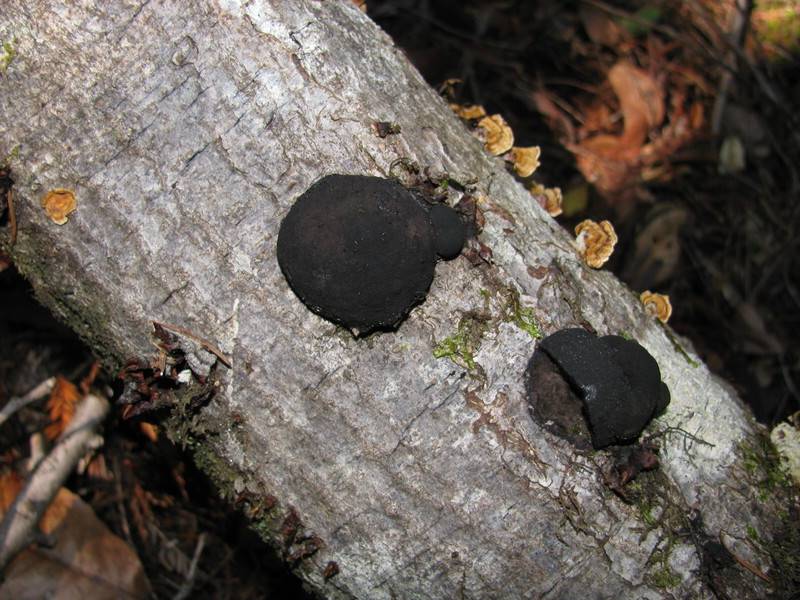24/7 Emergency Service
24/7 Emergency Service

Black fungus, or sooty mold, is a common problem that affects trees, causing unsightly black patches on leaves, branches, and fruit. This fungal growth usually results from honeydew secretions by sap-sucking insects like aphids, whiteflies, and scale insects. While it rarely causes severe damage, it can lead to health issues and premature tree removal. If you notice these signs on your greenery, Southern Star Tree can help. We tailor a treatment plan that combines cultural practices, mechanical methods, and chemical treatments. Let’s look at some of the effective ways to treat black fungus on trees.
Pruning is one of the most straightforward and effective methods to manage black fungus. Certified arborists remove the affected branches and leaves, reducing the source of the fungal spores. If you prefer a more hands-on approach, use clean, sharp pruning tools to cut away any infected parts. In addition, disinfect your tools between cuts to prevent the spread of the fungus to other parts of the tree or other plants in your garden.
Since black fungus thrives on the honeydew produced by sap-sucking insects, schedule routine inspections with a tree care company to control these pests. Use insecticide soaps or horticultural oils to target aphids, whiteflies, and scale insects. These treatments are effective and gentle on the tree and the environment. Applying these products regularly can reduce the insect population, decreasing the honeydew that the fungus feeds on.
When black fungus spreads severely in your yard, tree service experts can recommend fungicides for effective treatment. Copper-based fungicides or those containing neem oil can help control the spread of the fungus. Apply fungicides according to the manufacturer’s instructions, ensuring you cover all infected areas thoroughly. Reapply as needed, especially after rain, which can wash away the treatment. While fungicides can be highly effective, arborists often use them as part of an integrated pest management approach to avoid resistance buildup and environmental harm.
Healthy trees are less susceptible to diseases, including black fungus. Ensure your tree receives adequate water, but avoid overwatering, which can create the humid conditions favorable to fungal growth. Mulch around the base of the tree to maintain soil moisture and regulate temperature, but keep mulch away from the trunk to prevent rot. In addition, fertilize appropriately to provide essential nutrients that boost the tree’s natural defenses. Regular health and maintenance checks by a tree care company can ensure vigorous growth and more resistant to fungal infections.
If black fungus has already formed a sooty mold layer on your tree, you can manually clean it off. Use a mixture of water and mild dish soap, applying it to the affected areas with a soft brush or cloth. Gently scrub the mold away, being careful not to damage the bark or leaves. This method helps remove the mold, improving the tree’s appearance and allowing more sunlight to reach the leaves, enhancing photosynthesis. Repeat the process as necessary, especially during peak fungal growth periods to avoid health issues and tree removal emergencies.
Treating black fungus on trees requires an integrated approach, combining good cultural practices, pest management, and sometimes chemical treatments. By conducting these care practices, you can effectively manage and reduce black fungus. Contact Southern Star Tree and schedule regular monitoring and maintenance with our tree service experts to prevent future outbreaks and maintain the beauty and health of your trees.
15 April, 2025
Trees are prized treasures that require regular care to maintain good health and vitality for many years to come. At Southern Star Tree, we leverage extensive expertise and knowledge to help you preserve ...
Read More08 April, 2025
Do you have young trees on your residential or commercial property? If so, scheduling regular trimming with a trusted tree care company in Brookhaven, GA is vital to ensure healthy growth and longevity. At ...
Read More